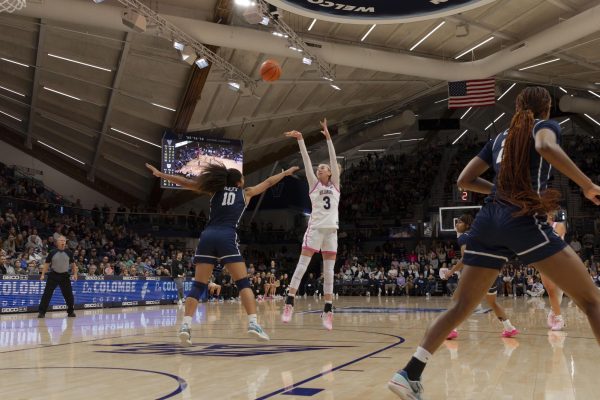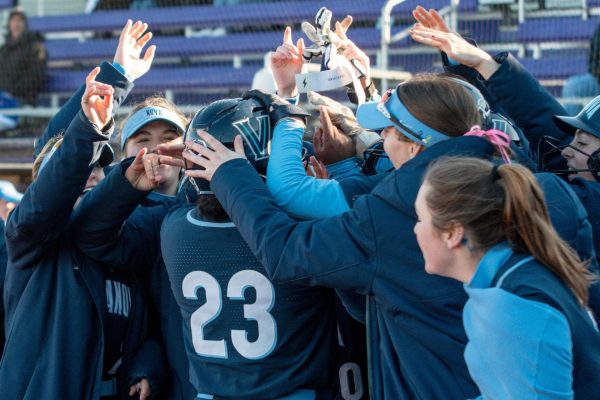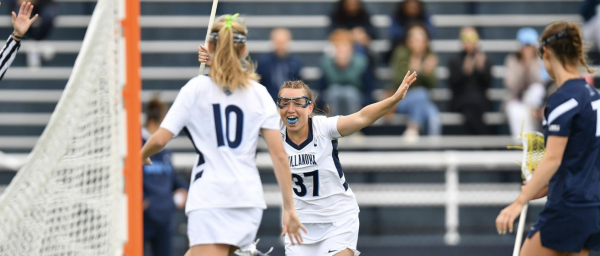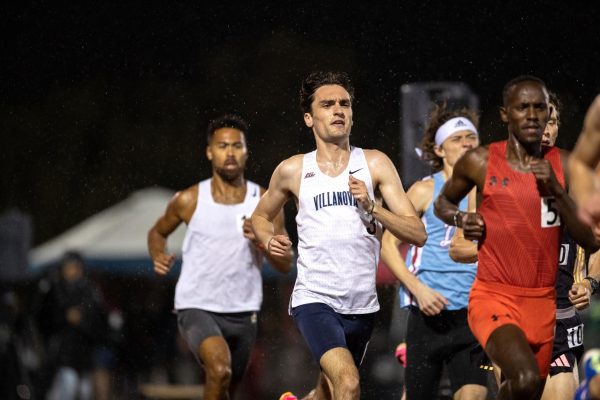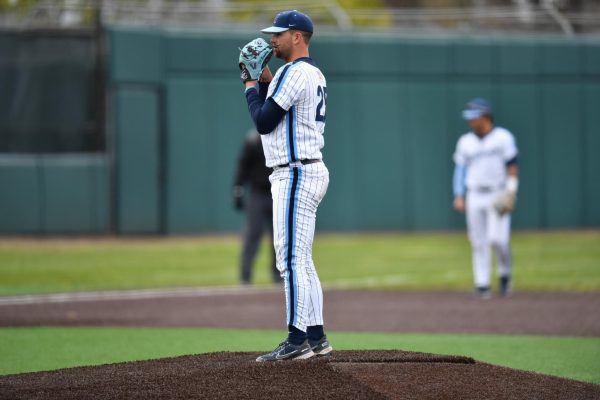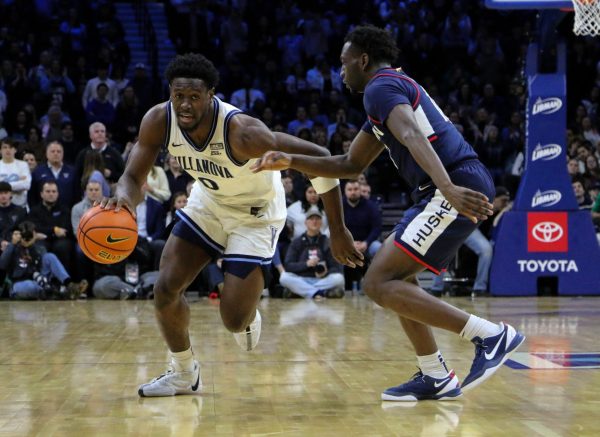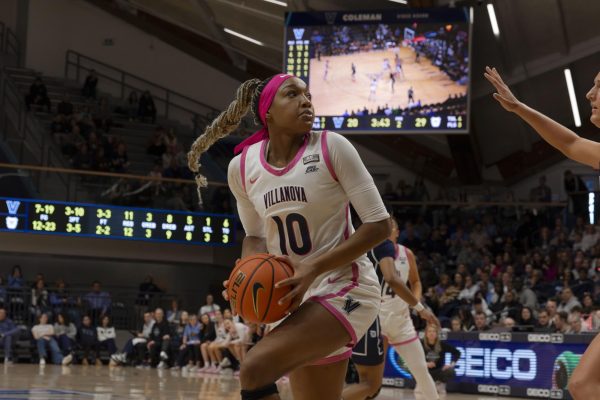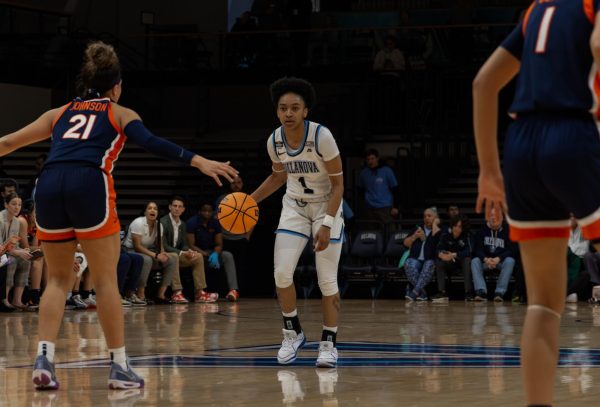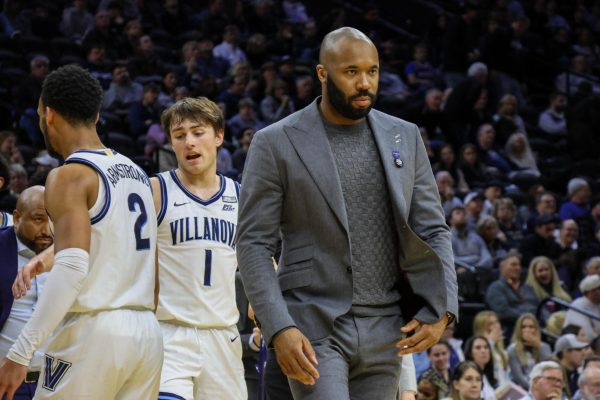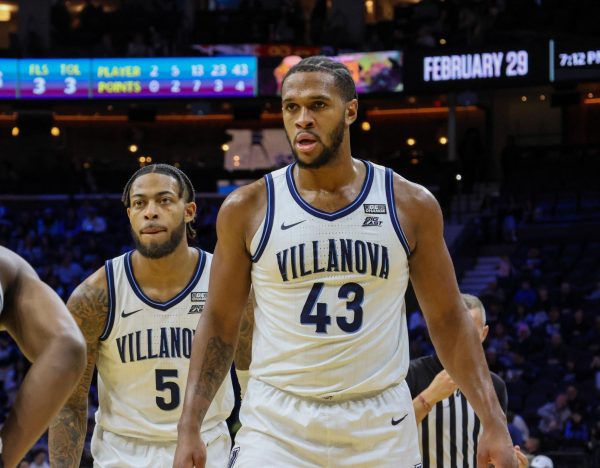Australian Open demonstrates importance of coaching
February 5, 2015
It appears that order has finally been restored at the Grand Slams at the 2015 Australian Open.
As the “disruptive” 2014 seemingly made room for players outside of the Big Four (Novak Djokovic, Roger Federer, Rafael Nadal, Andy Murray), 2015 be- gan with a clear message – the top players are not going away.
This time last year, Li Na claimed her second and final Grand Slam title, while Stan Wawrinka became the first man outside of the Big Four to claim a Major title since Juan Martin del Potro did it at the U.S. Open in 2009.
The year ended with a sur- prise at the U.S. Open as Marin Cilic claimed the crown by beat- ing rising star Kei Nishikori.
This year’s Aussie Open saw the top seeds in both the men’s and women’s draws succeed.
Serena Williams captured her 19th Grand Slam title by defeat- ing the number two seed, Maria Sharapova 6-3, 7-6 (7-5), her 16th straight win over the Russian. She became the oldest winner of the Australian Open in the Open era at 33 years and 127 days.
On the men’s side, Djokovic captured his record fifth Austra- lian Open crown and eighth Ma- jor title as he defeated fellow 27- year old Murray in four sets, 7-6 (5), 6-7 (4), 6-3, 6-0.
With the victory, Djokovic has tied all-time greats, such as Andre Agassi, Jimmy Connors, and Ivan Lendl in the number of Majors won. He also improved to 5-0 in Aussie finals, while Murray fell to 0-4.
The match was a great specta- cle of tennis greatness, even with the one-sided fourth set result.
Long, tiring rallies, great de- fense skills, plenty of breaks and a multitude of momentum shifts – a classic Djokovic-Murray match. Arguably the top two de- fensive players the sport has ever seen do not go down easily.
Nonetheless, the men appear to be miles apart in maturity, de- spite being born a week apart. Djokovic, a new husband and father, kept himself collected throughout the match, trying not to get too frustrated or too loose.
On the other hand, it appeared as if Murray lost all his energy not on the court, but on the change- overs, muttering and cursing to himself. It was Djokovic who pre- vailed through the momentum changes, and ultimately came out on top.
As a diehard Djokovic fan, I am extremely happy with the result, but a part of me wanted Murray to win because his coach, Amelie Mauresmo, the first fe- male to coach a top male tennis player.
Although the familiar themes were in the spotlight at this Aus- sie Open – the switch to an older generation of champions, the re- emergence of the Big Four, the physicality of the modern game – there was another aspect of the game that grabbed the attention of the media.
I don’t think there has ever been an Australian Open, or maybe a Grand Slam, in which the coaches were in the spotlight as much as they have been the past two weeks. But when we talk about Grand Slam champi- ons we talk about the players. It’s the players that are remembered.
The coaches are definitely rec- ognized, but in the long run, how many people will remember the name of Marian Vajda?
But Djokovic? The name prob- ably rings a bell.
But “supercoaches?” Yup, peo- ple will remember Boris Becker. “Remember that time Boris led Novak to that 2014 Wimbledon win over Roger Federer?”
And yet Vajda has been No- vak’s primary coach for more than a decade now. I’m sure dedicated tennis fans appreciate the coaches and make time to re- member them.
But let’s be honest, they’re not “Jay Wrights.” They do not wear spiffy suits and promote their players. In tennis, the coaches take the backseat as the players claim all the glory.
Yet it appears that we are ap- proaching a new decade in ten- nis, as the coaches are receiving more recognition. This is a move in the right direction. Undoubt- edly, an athlete’s team is critical in nurturing the player’s talent.
My little sister, who just turned nine, is a young tennis player who is expected to be at least a college-level athlete. Her talent cannot grow on its own. She needs proper guidance, but which coach will allow her talent to prosper?
My sister needs to learn the ins-and-outs of the game. But the professionals already know those. What they need is insight into strategies, techniques and mental strength.
So are the coaches essentially the brains of the players? I would not say so. The player is the brain, but the coaches are the impulses that travel through it, bringing forth ideas.
Undoubtedly, players can be successful without a coach – Rog- er Federer did it for quite a while. But Roger Federer won 17 Grand Slam titles.
He has an idea of what it takes to win. Yet even he needed a new refreshing coach to boost his ca- reer.
It seems that tennis as a whole has been in need of these “new” faces. Stefan Edberg, Ivan Lendl, Boris Becker, Amelie Mauresmo, Martina Navratilova, Lindsay Davenport. All former players, all former Major winners, all fresh-faced coaches.
I don’t know whether to be thankful or annoyed that it took all these famous faces to finally boost the prestige of the coach.
Suddenly who’s coaching who has become a hot topic. Even the “regular” coaches have become more known. Andy Murray’s controversial decision to hire Mauresmo has caused mixed reactions from spectators of the sport, but also his team.
His longtime childhood friend, Dani Vallverdu left his team and became Tomas Berdych’s coach. What’s interesting is that after the semifinal between Murray and Berdych, everyone was speculat- ing about what Berdych said to Murray during the changeover after the first set.
Did it have to do with the tension of Dani leaving Andy for Tomas? It is as if the tennis court has become a soap opera. Dani led Tomas to his win (after an 18-match losing streak) over Rafael Nadal. But Mauresmo led Murray in his semifinal win over Berdych.
Is it the coach that is supe- rior? Or is the player? In their pre-match and post-match con- ferences, the players were asked more about their coaches, rather than how they felt their game plan went.
Is this the context in which we should be talking about coaches? A source of dispute?
That is why I respect Murray and his ability to dismiss the me- dia. He stands firmly by his deci- sion as a top male player to hire a female coach.
After his semifinal victory, he praised his coach, while ac- knowledging Madison Keys’ (the 19-year old American who made a surprise run to the semis) deci- sion to hire Lindsay Davenport as her coach. He stated, “I think so far this week we’ve showed women can be very good coaches as well.”
Now this is a great way to use the sudden popularity of the coach. Use it to state the impor- tance of having an experienced coach in one’s box, not minding whether it is a man or a woman.
I think Djokovic put it best in his post-win speech: “I’d like to thank my team because they sac- rifice their lives for me.”
Maybe that is why Djokovic is the one who has succeeded the most with his “supercoach” Becker. Vajda is still there to guide him, but Becker brings some- thing new to the mix – ability to put himself exactly in Djokovic’s shoes because he was there some 20 years ago.
When a player treats his team as his family, as a trusted circle of professionals and friends, he or she can successfully combine the brain and the impulses within.
It is good that the celebrity coaches are making this more known.
Maybe they are paving the path for more universal coach ac- knowledgment, and not only in times of losses.
I hope within the next couple of years spectators, players and coaches themselves can look at the efforts put in more holisti- cally.
This might be one of the most individualistic sports in exis- tence, but that does not mean success in it is not done by a team effort.
The 2015 Australian Open has proved that.


